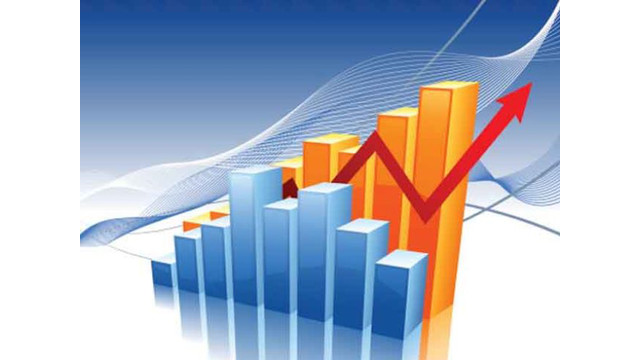Advisory
U.S. Economy: Invoices Being Paid Later, But Sales Growth Still Positive
Sales growth slowed to 6.7% year-over-year in June. This is the smallest y/y rise in sales since February 2021.
Oct. 27, 2022

Between April and June 2022, small business sales in the United States grew at their slowest pace since February 2021, and small businesses were also paid later on average (by more than half a day) than the previous three-month period. That data comes from Xero, a global small business platform, which released its latest Xero Small Business Insights (XSBI) program report on Thursday.
Based principally on aggregated and anonymized data from tens of thousands of Xero small business customers from the United States and Canada, XSBI tracks small business performance metrics from January 2017 through June 2022.
Sales growth positive but mainly due to prices, not volumes
XSBI measures sales in nominal terms, which means it captures changes in both price and the quantity of goods sold.
- Sales growth slowed to 6.7% year-over-year in June. This is the smallest y/y rise in sales since February 2021.
- Sales growth continued the downward trend seen since the beginning of the year, averaging 8.9% (y/y) growth in the three months leading to June, down from an average of 14.6% y/y growth in the three months leading to March.
- The rise in sales, as measured by XSBI, was entirely due to price increases rather than small businesses selling more goods and services. Using the June Consumer Price Index (CPI) of 9.1% y/y as a proxy for prices suggests that the volume of sales declined 2.4% y/y in June.
This data is consistent with the overarching rising cost of living trend in the US (and international) economy, as prices rise faster than wages. This is having a significant impact on household budgets and, in turn, their spending behavior.
“The average consumer is finding themselves with less spending money after each paycheck thanks to wage stagnation mixed with rising rents, food prices, energy prices and more. This is leaving less income each month for consumers to spend shopping at small businesses after taking care of the essentials,” said Chris O’Neill, Chief Growth Officer at Xero. “This means, in aggregate, customers – both those of small business and beyond – are buying fewer goods today than they were a year ago.”
Invoice payment times remain promising despite dip
The challenges to spending habits also have an effect on small business creditors’ ability to pay on time.
- Comparing three-month periods again, payments were made 6.8 days late for the three months leading to June, which is 0.6 days slower than payments were made in the three months leading to March.
- Despite the short-term increase, late payments remain lower than the 7.9 day average of 2021.
Despite this minor setback in late invoice payments, the overall average waiting time for small businesses to be paid actually fell by 2.5 days between April and June 2022. Following three-month averages, the three months leading to June saw invoice payments come through 0.1 days faster than the three months leading to March. Combined with late invoice payment timing, these two metrics indicate that small businesses are not coming under increasing cash flow pressure, providing small business owners with much-needed consistency.
“While inflation has been daunting for small business owners in recent months, we need to zoom out on these payment figures to see how everyone was faring just last year,” said O’Neill. “This stability in payment times should be a calming agent for the rampant uncertainty.”
For access to latest data and information about Xero Small Business Insights for the United States and other countries visit xero.com/xerosbi.
